Entry Category: Land
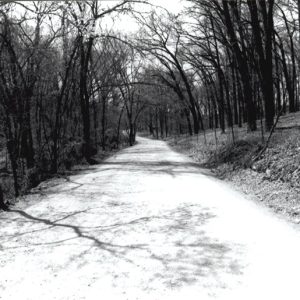 Springfield to Fayetteville Road—Cross Hollow
Springfield to Fayetteville Road—Cross Hollow
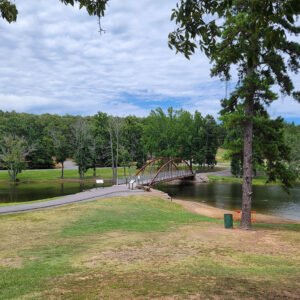 Springfield-Des Arc Bridge
Springfield-Des Arc Bridge
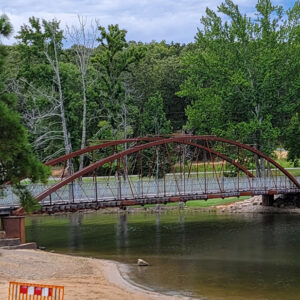 Springfield-Des Arc Bridge
Springfield-Des Arc Bridge
Springfield–Des Arc Bridge
aka: Springfield Cadron Bridge
aka: Springfield Bridge
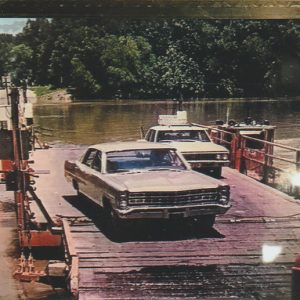 St. Charles Ferry
St. Charles Ferry
St. Francis National Scenic Byway
St. Joe Historical Missouri and North Arkansas Depot and Museum
 St. Louis and North Arkansas Railroad
St. Louis and North Arkansas Railroad
St. Louis Southwestern Railway
aka: Cotton Belt
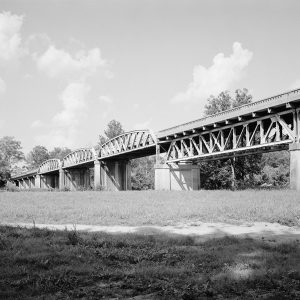 St. LouisSan Francisco Bridge
St. LouisSan Francisco Bridge
St. Louis–San Francisco Railway
aka: Frisco
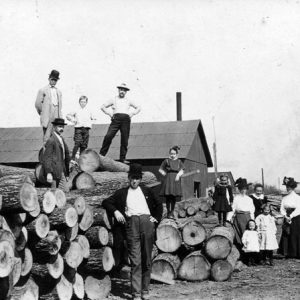 St. Paul: Railroad Timber
St. Paul: Railroad Timber
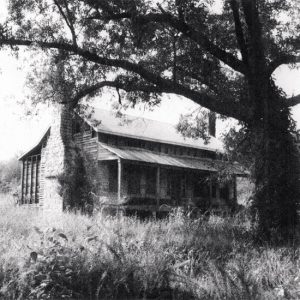 Stagecoach House
Stagecoach House
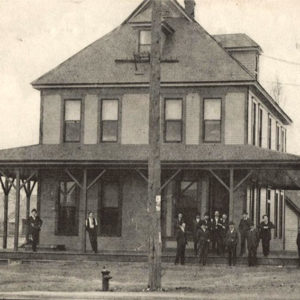 Stamps Railroad Office
Stamps Railroad Office
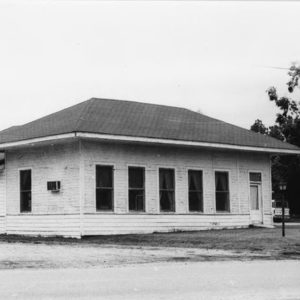 Star City Depot
Star City Depot
 Arthur E. Stilwell
Arthur E. Stilwell
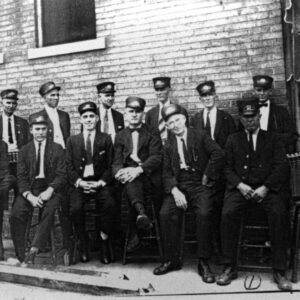 Streetcar Conductors
Streetcar Conductors
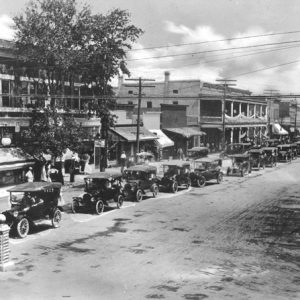 Stuttgart Auto Parade
Stuttgart Auto Parade
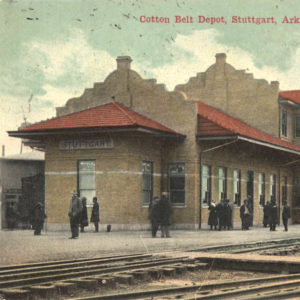 Stuttgart Depot
Stuttgart Depot
Sulphur Rock Street Car
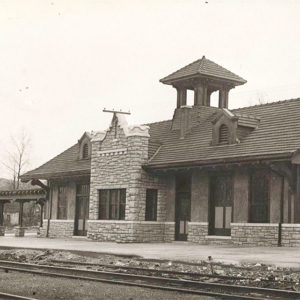 Sulphur Springs Depot
Sulphur Springs Depot
 Support Cable
Support Cable
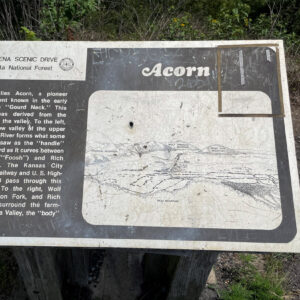 Talimena Scenic Drive Sign
Talimena Scenic Drive Sign
Telegraph Road (Northwestern Arkansas)
 Toad Suck Ferry Lock and Dam No. 8
Toad Suck Ferry Lock and Dam No. 8
Trammel’s Trace
 Trailways Bus Station
Trailways Bus Station
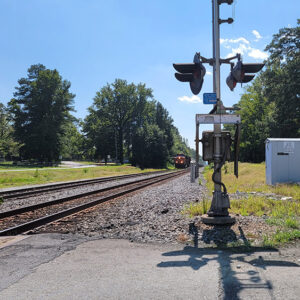 Traskwood Tracks
Traskwood Tracks
 Trolley
Trolley
Trucking Industry
 Trumann Depot
Trumann Depot
 Tuckerman Depot
Tuckerman Depot
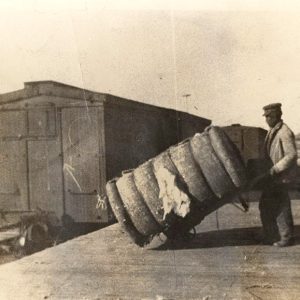 Tupelo Cotton
Tupelo Cotton
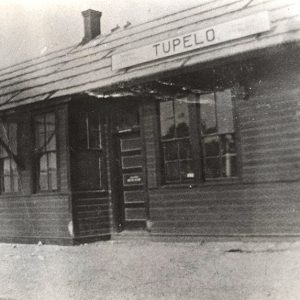 Tupelo Depot
Tupelo Depot
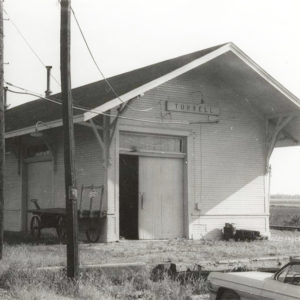 Turrell Depot
Turrell Depot
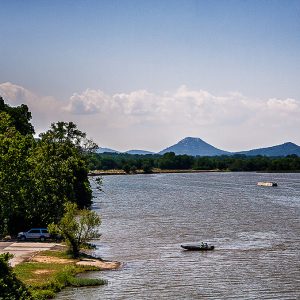 Two Rivers Park
Two Rivers Park
U.S. Highway 62
aka: Highway 62
U.S. Highway 63
U.S. Highway 64
aka: Highway 64
aka: U.S. 64
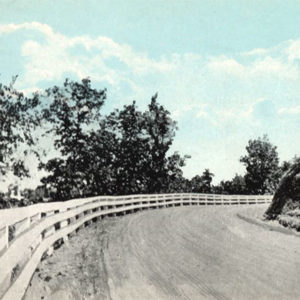 U.S. Highway 64 at Ozark
U.S. Highway 64 at Ozark
U.S. Highway 65
aka: Highway 65
aka: U.S. 65
U.S. Highway 67
aka: Highway 67
U.S. Highway 70
U.S. Highway 71
 Ulm Scene
Ulm Scene
Van Buren County Road 2E Bridge
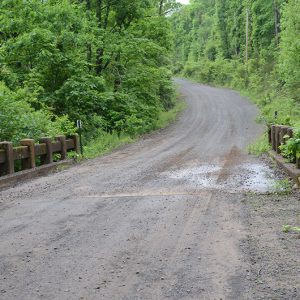 Van Buren County Road 2E Bridge
Van Buren County Road 2E Bridge
 Vandervoort Spillway
Vandervoort Spillway
 Vandervoort Street Scene
Vandervoort Street Scene




